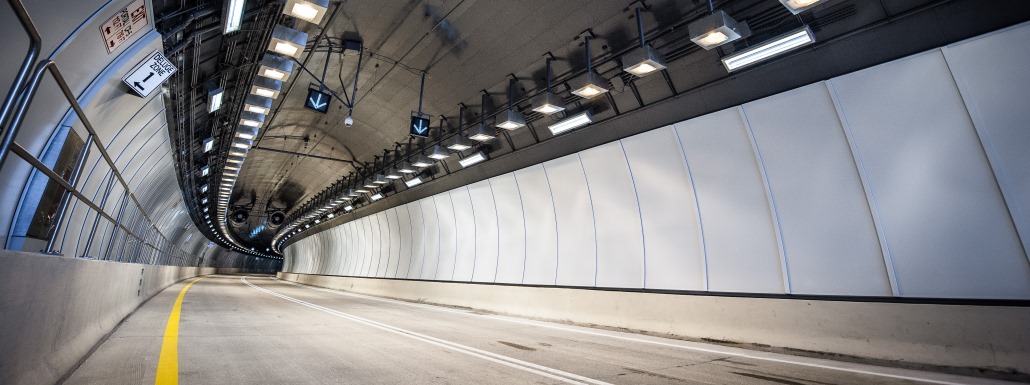Tunnels Could Speed Mass Transit Under Downtown, Kendall
The Miami-Dade Transportation Planning Organization is looking at the possibility of expanding the transit system underground. It just completed a study evaluating emerging technologies to assess the use of tunnel corridors in the county.
The study used a tiered level analysis to identify potential projects, and the report only includes tier 1 and tier 2. The 78-page study found in the tier 1 that the county has 25 potential transit tunnel corridors, of which six are part of the Long Range Transportation Plan (LRTP) and two are part of the SMART Plan – the Flagler Corridor and the Kendall Corridor.
The Long Range Transportation Plan is a comprehensive transportation infrastructure plan with goals for the year 2045. The corridors identified in this for potential tunnels are Miami Central to PortMiami, FTX Arena to the Design District, Miami Central to the Design District, the Overtown Connector, Magic City Casino to Douglas Road, and the Ludlam Corridor.
Tier 2 narrowed the corridors to 13, including the Flagler and Kendall corridors, the Ludlam Corridor, and the Miami Central to Design District.
If the county decides to further vet the transit tunneling technologies and corridors identified in the report, it would have to proceed with a tier 3 level analysis, which would identify potential environmental issues on the selected corridors, the concept development and layouts, the hours of operation and number of vehicles required, and the establishment of a project working group.
The organization’s consultant, WSP, led the evaluation and screened the corridors against the coverage, connection, equity, and efficiency they would provide. WSP also studied small diameter tunnels, based on the Las Vegas Convention Center Loop, and large diameter tunnels, based on accommodating electric buses with 60-passenger capacity per vehicle.
Although both were studied, the tunnel system proposed would only be open to publicly operated or publicly contracted electric vehicles for transit purposes. The system would have street-level stations and an open platform underground for vehicle distribution and transfer between routes, the report says.
“The tunnels are intended to accommodate public transportation via electric multi-passenger transit vehicles for the advancement of mobility options in Miami-Dade County,” said Aileen Bouclé, TPO executive director, in a written statement to the newspaper.
The report details that the methods used nowadays to construct tunnels can be categorized into five, of which excavation by tunnel boring machine is preferred because it would cause the least surface disruption.
The study considered the cost per mile. “Typical tunnel costs would likely range from $30 [million per] mile for smaller diameter tunnels with limited station work, to well over $100 [million per] mile for projects that are of larger diameter and have significant underground stations involved,” Ms. Bouclé wrote.
The report analyzed the costs for the Miami International Airport to Wynwood corridor and then applied it to the other proposals. The corridor is approximately 4.2 miles, and the estimated costs are based on twin 14-foot outside diameter tunnels with five stations proposed.
The estimated cost for a twin 14-foot diameter bored tunnel along the entire length of the corridor is estimated at $280 million, or approximately $30 million per mile of tunnel. Each of the five stations has a mean base total cost of $150 million.
Cross passageways would probably be constructed by conventional tunneling methods and would result in a direct unit cost between $5 million and $10 million per cross-passageway. This adds up to a minimum of $240 million direct cost for all cross-passageways.
The overall construction of five underground stations, running tunnels, and cross passage for emergency egress totals $1.08 billion to $1.65 billion.
The Flagler Corridor could cost $1.5498 billion to $2.457 billion; the Kendall Corridor, from Dadeland South Metrorail Station to Baptist West, could cost $1.8991 billion to $3.0108 billion.
The study did not include operation and maintenance evaluations, which would be address in tier 3 of the study.
Members of the county’s Transportation Planning Organization first directed Ms. Bouclé to develop a scope and budget for the study last July. The study began in August 2021, was completed in February and was presented at the TPO’s board of directors this month.
Source: Miami Today



